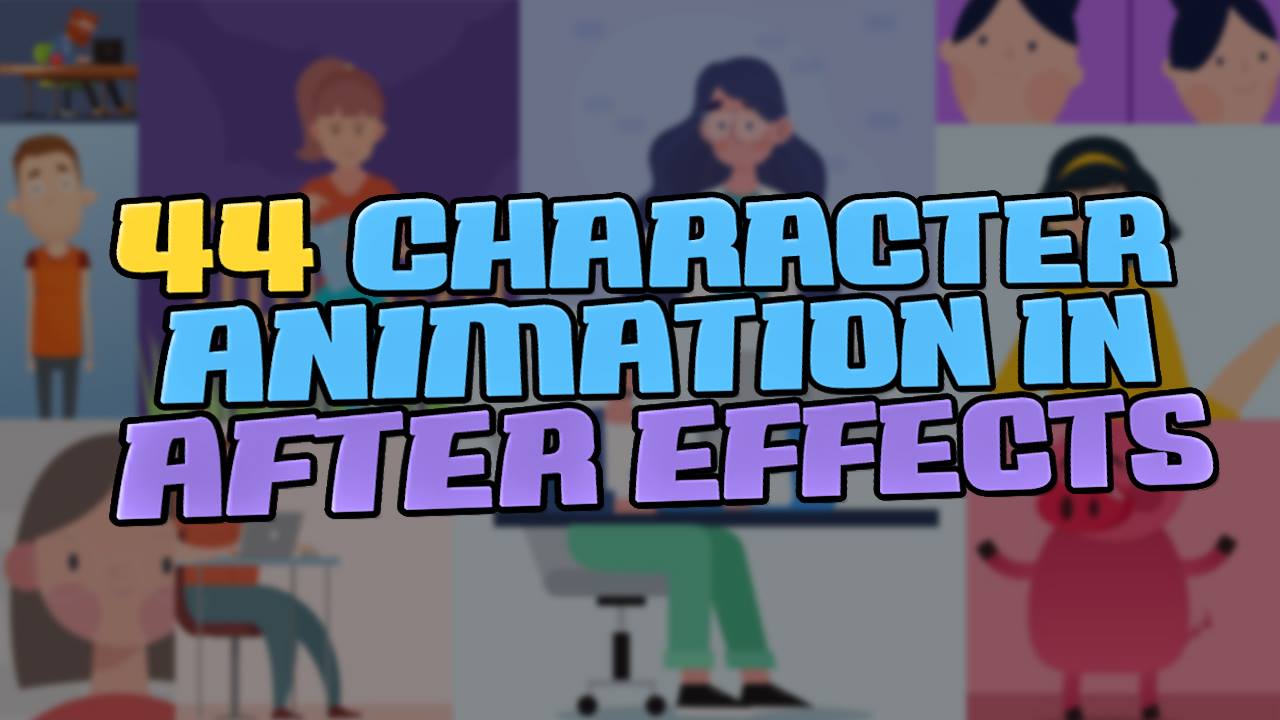

But the examples below - from Giant Ant’s beautiful Slack commercial and Adult Swim’s brilliant Rick and Morty series - illustrate these “extremes” fairly well. Many “cartoon” styles are highly graphic, and many “graphic” styles are highly cartoony. Of course, there is a lot of crossover here. However, character work within motion design tends to be rooted more in the traditions of graphic design and what we might call “editorial” illustration styles, whereas narrative character animation tends to be linked more to the tradition of cartooning and comic art. Both “pure” character animation and character animation within motion design employ figurative illustration. So motion designers may choose that method as the best solution to a client’s needs - but this is fairly uncommon.Īnother difference - although there’s a lot of gray area here too - is stylistic. Sometimes the best way to communicate a complex idea is with a traditional, linear narrative. In this case, characters may not be part of a linear narrative with an emotional arc, but may simply personify a concept or illustrate an activity.īut there are gray areas. Conversely, the aim of a lot of motion design work is to communicate an idea or convey information in an engaging way. Generally, the goal of “straight” character animation is to tell a linear story with a narrative arc. While the fundamental techniques of giving life to characters are fairly universal, we can still make a distinction between traditional, narrative character animation and more figurative animation within motion design. One only has to look at Animade’s showreel to see the predominance of character animation in what is ostensibly a “motion design” studio.Įven more “traditional” motion design work, like a logo with a figurative element or the ubiquitous “explainer videos,” often incorporates simple character animation to help communicate an idea in an appealing way. While a big chunk of the motion design industry is concerned with animating graphics, logos, and typography, there are many motion design studios - like Buck, Giant Ant, and Animade (to name just a few) - that employ a lot of character animation in their work.

There’s a lot of room for overlap in the middle.

“Motion design,” which we could define as a discipline that pairs graphic design with animation and vfx, and “character animation,” which we might define as a discipline that focuses on the animation of figurative, illustrated characters, could be seen as two parts of a Venn diagram. Over to him: Where Character Animation and Motion Design Meet As an educator, he teaches animation fundamentals and character animation in the Department of Motion Design at Ringling College of Art and Design, and online at School of Motion through his courses Character Animation Bootcamp and Rigging Academy.īelow, Williams shares some observations as a “traditional” character animator now working mostly in the world of motion design education. He has deep experience creating 2d character animation for commercial applications and children’s television, and was the lead character animator on the end title sequence of Cloudy with a Chance of Meatballs.
#Character animator after effects professional#
Morgan Williams has been a professional animator for almost 30 years and an animation educator for almost a decade.


 0 kommentar(er)
0 kommentar(er)
